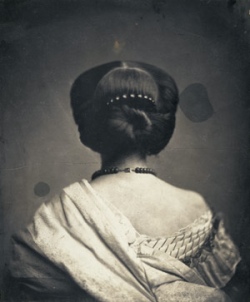Although in our later years we had some disagreements, there was a long period where I read everything he wrote. Devoured it, like a starving man. Harold Pinter was a towering figure in the literature of our theater.
– pause –
The plays are very difficult to do well. Many of the works are an exercise in game theory, in wordless competition. They unfold at the level of everyday speech and a strange and dangerous undercurrent of action.
– silence –
It’s as though in his works, language reveals its potential as a strange and cruel weapon. The words spoken have multiple meanings and very sharp corners. But it shouldn’t be over-thought, it’s more like a game of catch with a hand grenade. Usually only one of the game’s participants knows when the explosion will occur.
– pause –
Pinter’s writing was part of what attracted me to theater in the first place. The plays engaged the human situation at a fundamental level with energy and ferocity. Looking back, I now understand how rare a playwright he was. And as time passes, his work only grows in my estimation. His passing, and the time of year, brings to mind Auden’s poem in memory of Yeats. “The death of the poet was kept from his poems.”
In Memory of W.B. Yeats
by WH Auden
He disappeared in the dead of winter:
The brooks were frozen, the airports almost deserted,
And snow disfigured the public statues;
The mercury sank in the mouth of the dying day.
What instruments we have agree
The day of his death was a dark cold day.
Far from his illness
The wolves ran on through the evergreen forests,
The peasant river was untempted by the fashionable quays;
By mourning tongues
The death of the poet was kept from his poems.
But for him it was his last afternoon as himself,
An afternoon of nurses and rumours;
The provinces of his body revolted,
The squares of his mind were empty,
Silence invaded the suburbs,
The current of his feeling failed; he became his admirers.
Now he is scattered among a hundred cities
And wholly given over to unfamiliar affections,
To find his happiness in another kind of wood
And be punished under a foreign code of conscience.
The words of a dead man
Are modified in the guts of the living.
But in the importance and noise of to-morrow
When the brokers are roaring like beasts on the floor of the Bourse,
And the poor have the sufferings to which they are fairly accustomed,
And each in the cell of himself is almost convinced of his freedom,
A few thousand will think of this day
As one thinks of a day when one did something slightly unusual.
What instruments we have agree
The day of his death was a dark cold day.

